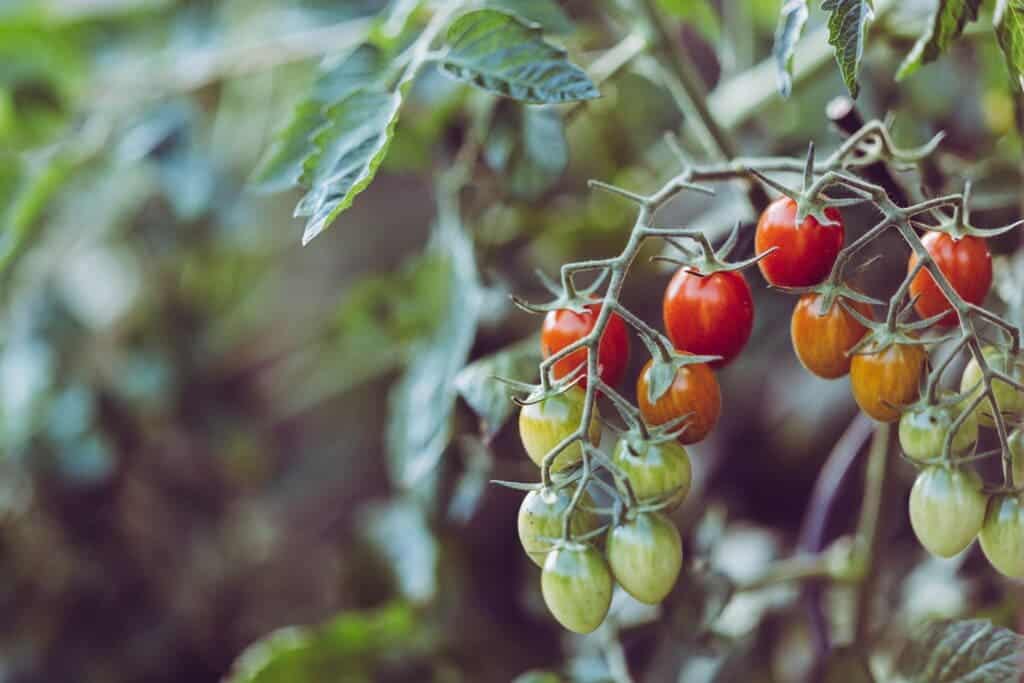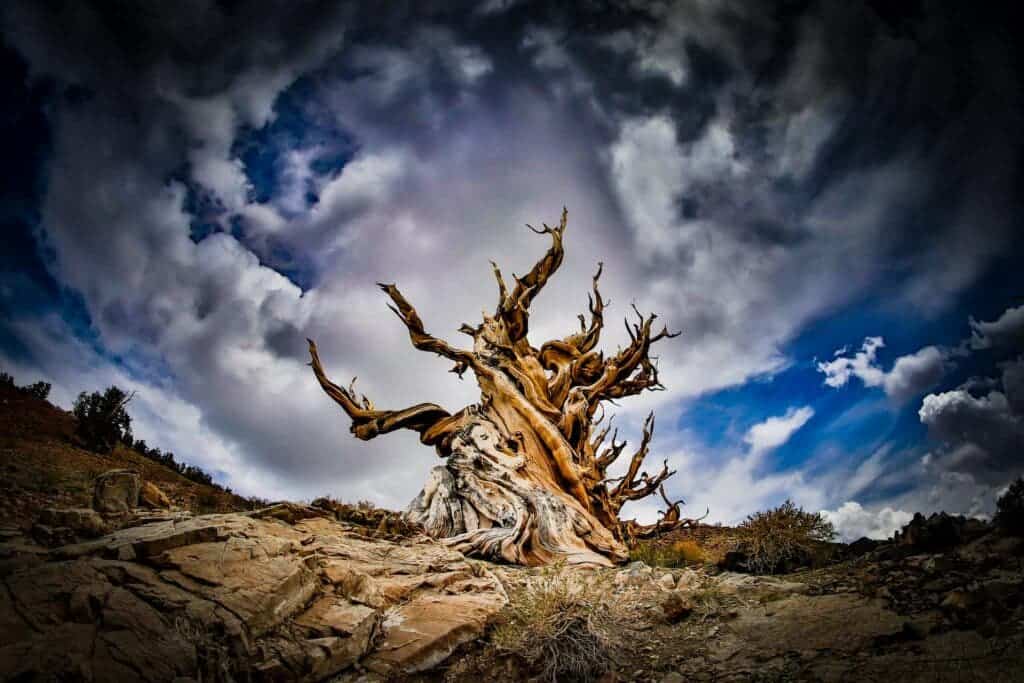One-fourth of total tomatoes grown every year on our planet comes from California, but now tomato production is decreasing in the state at an unprecedented rate. The yield of tomatoes dropped by about 23% in 2021 as compared to the year 2015. Plus, the limited supply of tomatoes is further causing a never before seen jump in the prices of popular tomato-based products like ketchup, salsa, and pasta sauce in the US and elsewhere in the world.

Climate change is coming for your tomatoes
The average retail price of tomatoes has grown by 13% to 23% in the US, substantially more than the current rate of food inflation in the US which is at its peak this year and it is likely to stay between 9% to 11%, according to the US Department of Agriculture. In other words, tomato inflation is much larger than money inflation.
We mostly read about how climate change is coming causing glaciers to melt or triggering forest fires and heatwaves, but if you want to take a close look at how the shifting climate is subtly affecting the life of the common man, just look at prices. If you’d compare the prices of ketchup bottles in the months of June and July (in the US), you’d probably be very surprised.
Tomatoes are no ordinary vegetables, they are the second most consumed vegetable in the US after potatoes (yes, technically, it’s a fruit, but this is not the point). The ketchup market alone was valued at 1.39 billion dollars in 2021 across North America. Even if we forget tomatoes, ketchup, and the numbers mentioned above, salsa and other sauces are dependent on tomatoes; truth be told, we couldn’t really imagine many of our meals without the humble tomato.

Tomatoes have somehow an ingredient in almost every food item. Apart from taste, some of the major factors that contribute to the popularity of tomato-based products are their price and easy availability. For instance, tomatoes still rank among the cheapest healthy vegetables found across the globe. However, now with every passing year, even farmers in America’s leading tomato-producing state are facing a downfall in tomato yield.
In an interview with Bloomberg, CTGA (California Tomato Growers Association) president, Mike Montana commented on the difficulties on growing tomatoes nowadays:
“It’s real tough to grow a tomato crop right now. On one side you have the drought impacting costs because you don’t have enough water to grow all your acres, and then you have the farm inflation side of it with fuel and fertilizer costs shooting up.”
Climate change-driven drought cycles are drying the state of California and delivering huge losses to farmers and tomato processing industries. The end consumers also now have to pay 23% extra to buy the same ketchup bottle and even this increased price is not enough to compensate for the losses of producers. Moreover, tomato production is likely to decline further in the coming years as well due to increased aridification in the region.
Scientists predict a 10% decrease in the total water availability in California by the year 2040. For comparison, by 2050, global tomato production is likely to go down by “only” 6%. Meanwhile, the demand for tomatoes in the US has increased by 10% in 2022 alone. Rising demand and limited supply could lead to costlier tomatoes, expensive ketchup bottles, and a jump in the prices of food items that require tomato-derived products as ingredients.
The real problem is much bigger than tomatoes and inflation
The problem in California is not the falling tomato production itself but the high temperatures that are drying water reservoirs and making it difficult for the farmers to water large farmlands. Although the state is known for its tomato yield, this is not the only crop that has been affected by the drought and increasing temperature.

Recently, a farmer in the Sacramento Valley region had to uproot all the almond trees that he grew on 527 acres of his farmland. He did this because he couldn’t afford the cost of watering them. Many farmers in California experiencing the same problem, and the entire US west coast region is possibly facing the worst drought of the 21st century (the drought is believed to have actually started in 2000). According to a study, such long-lasting droughts were last reported in the year 800.
We’re not sure what caused droughts in the year 800 but according to scientists, one of the biggest factors that are responsible for the current state of dryness in California is climate change (specifically, human-induced climate crisis). The winter snowpack which plays a crucial role in ensuring adequate water supply in the state now melts before the onset of summer. Some researchers even suggest that the periods of dryness may continue for years and the best strategy is to adapt.
“California is moving into new — and worrisome — territory for three reasons: rising heat, the continuing depletion of groundwater supplies; and growing water shortages on the Colorado River, the main external source of water for Southern California. Now, unless bold steps are taken to deal with a growing water crisis, California may be facing a future of perfect droughts,” said Glen MacDonald, a geographer and Director of the White Mountain Research Center.
One can imagine the water crisis in the state from the fact that in April, local authorities had to ask residents and businesses in the southern California region to cut down their water usage by 35%. However, the government officials have realized the problem, and they are already making billion-dollar investments to improve the water infrastructure, develop new reservoirs, and implement innovations that could provide some relief in times of water supply shortage.






